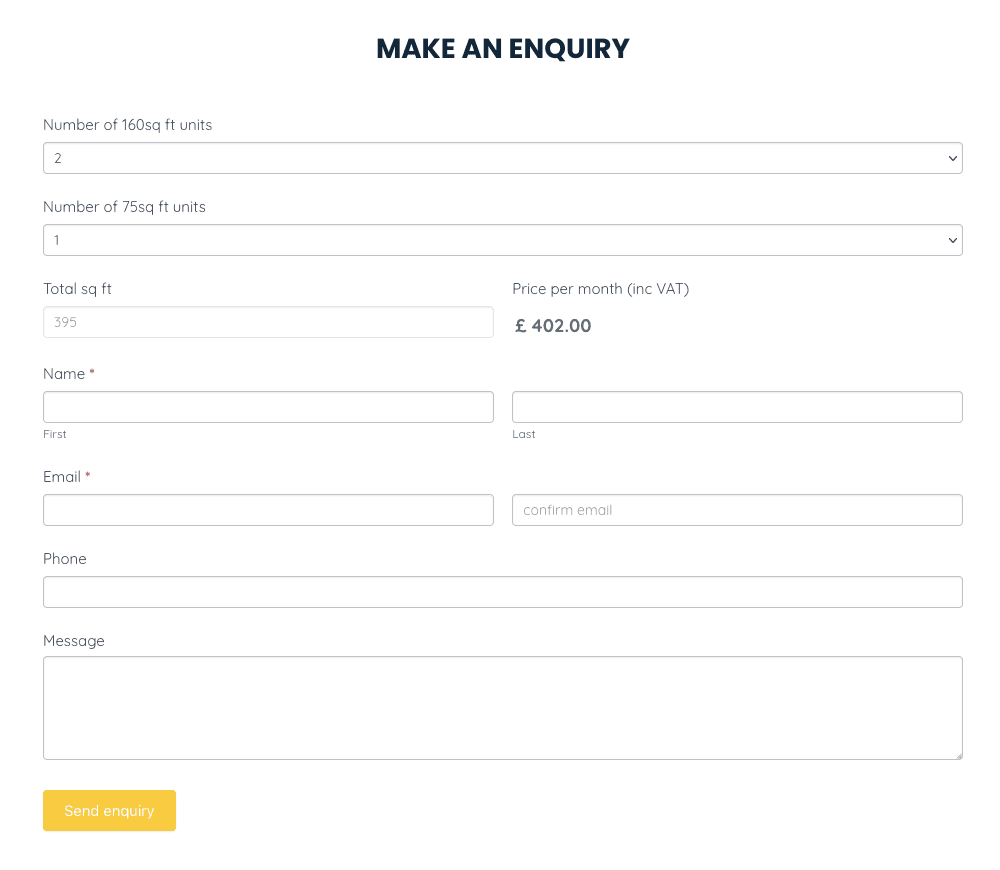
Website or application, what’s the difference?
Web design and development agencies tend to have two different ways of approaching their work. First is the print-based approach and second is the software-based approach.
Print as a medium is static and although incredible personalisation options are now available, it remains that once the ink is on the paper, there is no going back. Software is dynamic and goes beyond mere personalisation – the very data can change in front of your eyes. A website can be either of these things or both.
I came to web design and development through print, having always worked for printers and design and marketing agencies – albeit on the technical rather than creative side! My career started as the World Wide Web was becoming popular in the mid-nineties and websites became a natural extension to what we were producing as part of the marketing mix.
E-commerce websites were an early example of websites that were applications rather than interactive brochures with some dynamic data. My introduction to e-commerce and web development was when a holiday letting agency, whose website I had recently designed, asked me to integrate it with their booking system through an API. This was my introduction to programming, APIs and working with developers. It was my first introduction to software development methodologies – read more here. I usually work on my own so I still can’t pretend I fully understand them!
It might be a bold claim, but I think it’s fair to say that there are still more online brochure-type websites than any other type out there. This is certainly true for the small businesses that I more commonly work with now. These types of websites usually have a few pages describing their business offering and some contact details.
What do I mean by turning your website into an application?
Despite what I said in the first paragraph, I don’t think it has to be an either/or approach. You can have a mostly static site that works for you. The main aim of a website is to provide the visitor with the information they are looking for. For a small business, this is usually to help them along the sales path. Some examples of apps I’ve built are below:
A quoting calculator
For a lot of businesses, quotes are produced to a formula. Usually, you can produce a set of questions in a form that can replicate the formula and give an instant quote. Some businesses worry this will reveal their pricing to their competitors and it’s a valid concern. However, the advantage to giving someone a price while it’s fresh in their mind and they’re searching could well be worth the risk.

I know that if I’m looking for a price for something and I can sort it then and there without having to wait a few hours or even a day or two, I might even pay a slightly higher price for the convenience. The quotes do not need to be final, sometimes people just want a rough idea of how much something should cost. Will it cost a hundred pounds or a thousand? It’s all about qualifying your leads so you don’t waste your time producing detailed quotes for people who would never be able to afford it.
If you use a CRM (Customer Relationship Management) tool, you can even have the quote and customer details sent directly to it, meaning you can log in and see a fresh set of enquiries waiting to be followed up.
An appointment scheduler
You can send someone a link to select a preferred time for a meeting with you. With a pre-defined schedule and a list of available slots, it could then automatically block out your calendar or update your project management software.
Event RSVP tool
Ask people to RSVP to an event invitation on your website. You will receive their response and they receive an ics file with the event details they can put straight in their calendar.
Customer onboarding tool
When you have a new customer, you can send them to a page on your site to collect all the information you need from them to start working with you. This could be emailed to you or sent directly to your CRM tool.
The options are endless and don’t have to break the bank. The time saved dealing with the same admin issues over and over again can be reduced enormously freeing you or your staff for more important matters.
If you find yourself undertaking the same repetitive admin tasks again and again, there could be a simple solution to your problem.